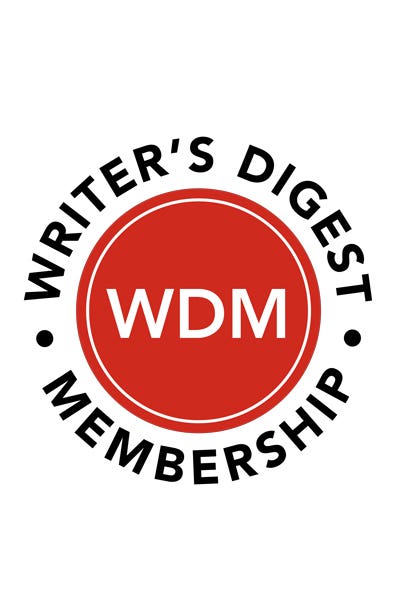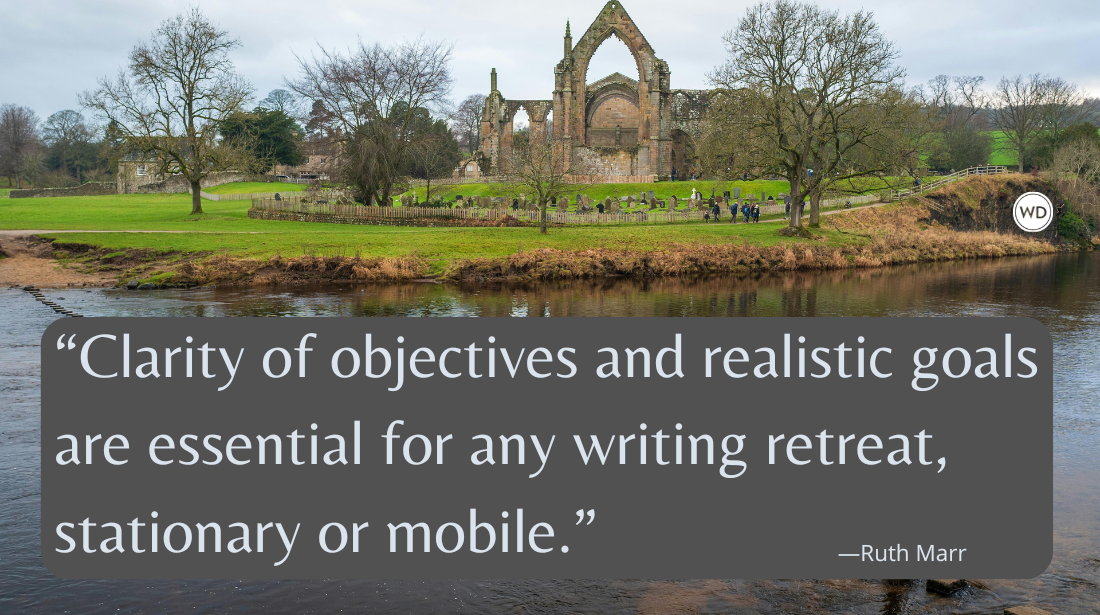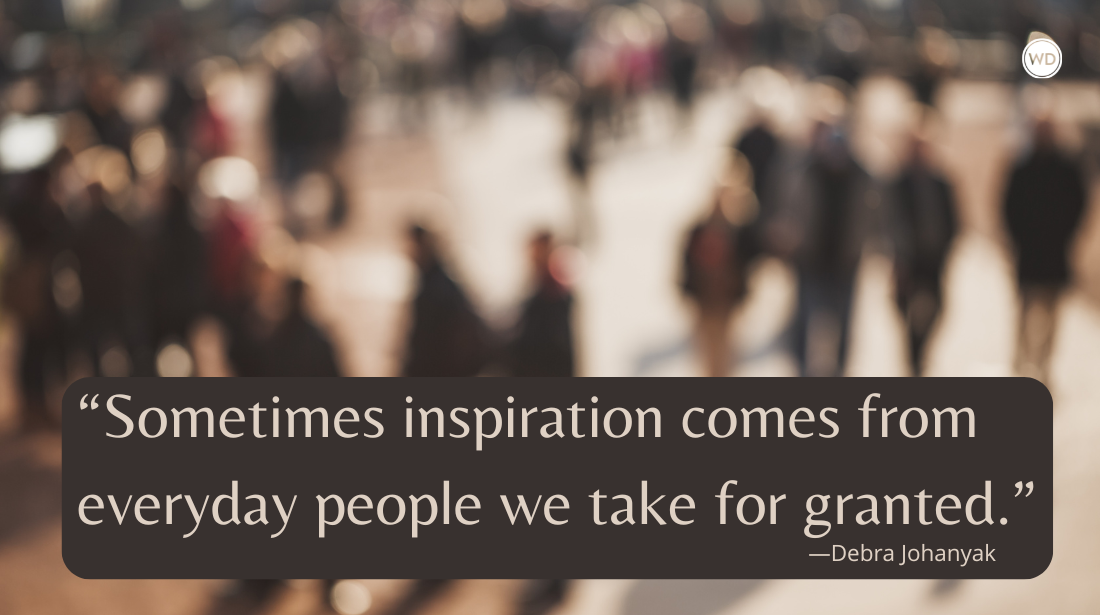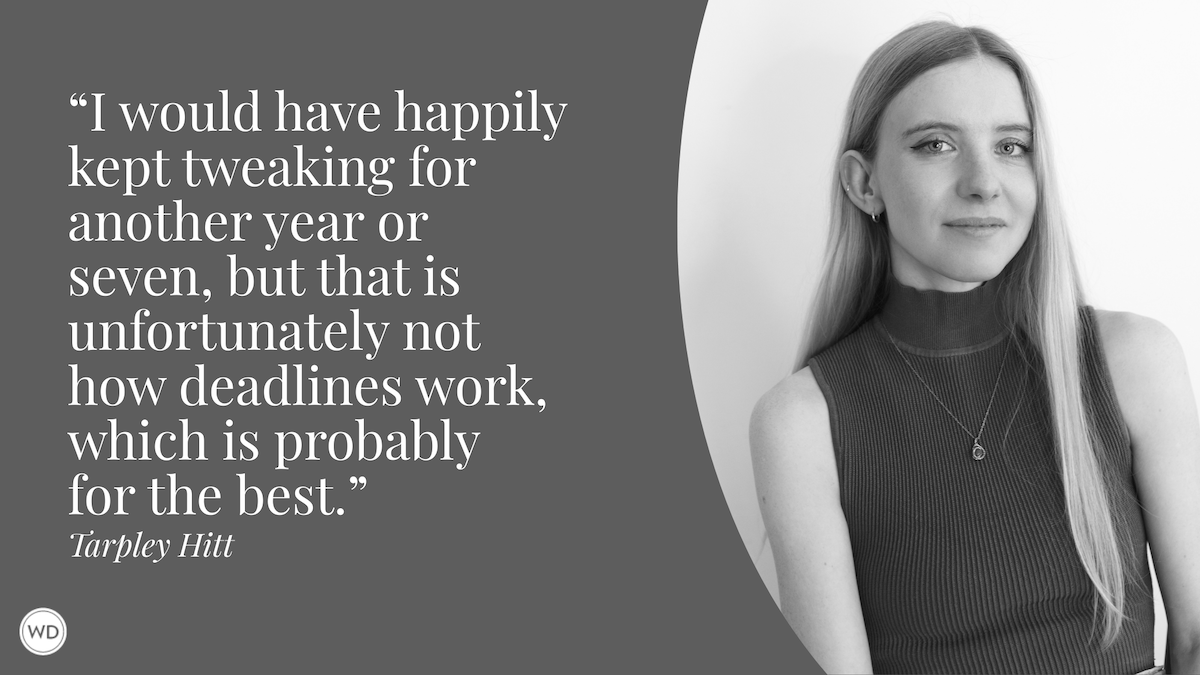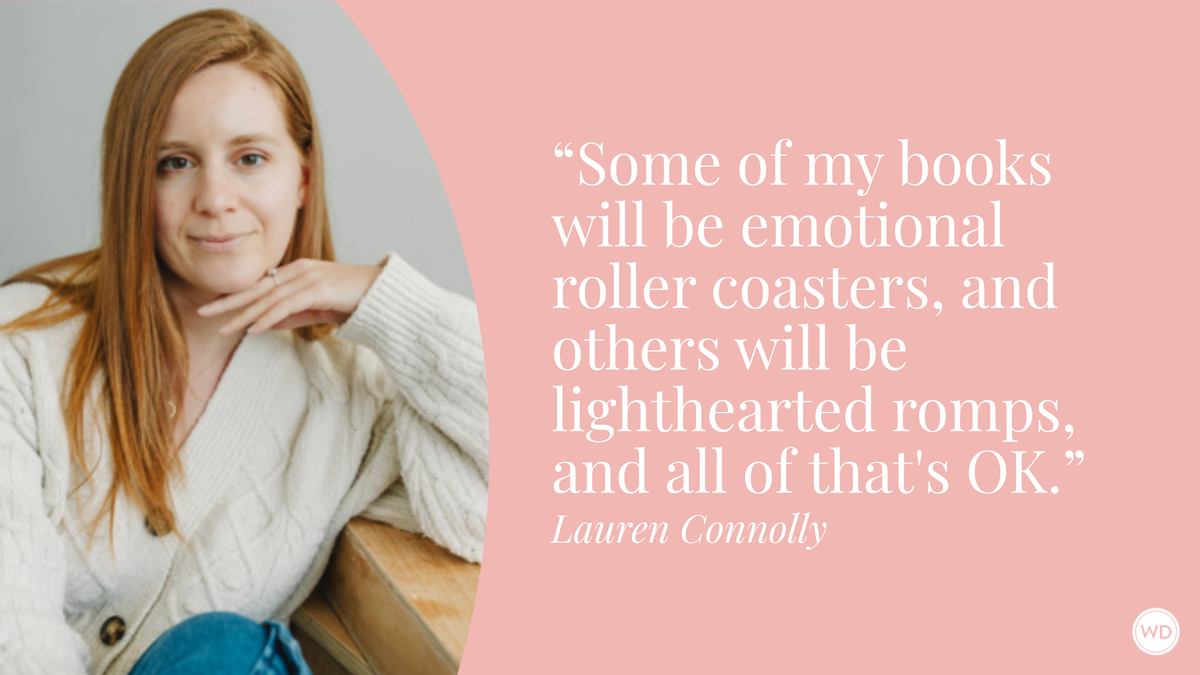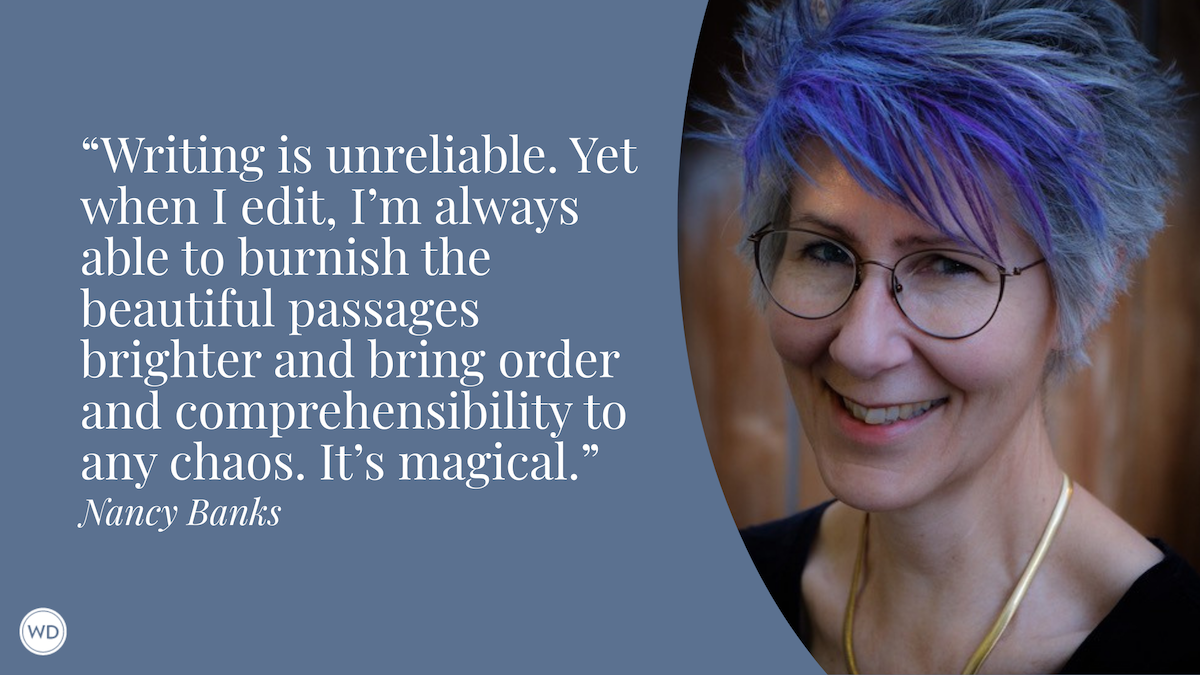Nicole Nehrig: Write in Whatever Way Works for You
In this interview, author Nicole Nehrig discusses the long history of women’s textile work in her new book, With Her Own Hands.
Nicole Nehrig is a clinical and research psychologist, and a passionate knitter and textile crafter living in Brooklyn, New York. She holds a PhD in clinical psychology. Follow her on Instagram.
In this interview, Nicole discusses the long history of women’s textile work in her new book, With Her Own Hands, her advice for other writers, and more.
Name: Nicole Nehrig
Literary agent: Kendall Berdinsky at Dystel, Goderich & Bourret
Book title: With Her Own Hands: Women Weaving Their Stories
Publisher: W.W. Norton & Co.
Release date: August 19, 2025
Genre/category: Nonfiction
Elevator pitch: A rich and intimate exploration of how women have used textile work to create meaningful lives, from ancient mythology to our current moment.
What prompted you to write this book?
In March 2020, I was quarantined with a 3- and 5-year-old, coordinating work and childcare responsibilities with my husband—our work and home lives fully merged. Between the demands of full-time employment and full-time childcare, I had no time just for myself. Yet, I could still knit while my kids played outside and sat through Zoom pre-school. It was something I could do to take care of myself while I took care of my kids. As women have long known, textile work is compatible with childcare. Knitting took on new meaning during the pandemic, offering opportunities to ground myself in something tangible, make order out of chaos, and express the creative and intellectual energy I had channeled into my psychotherapy research prior to lockdown. I thought a lot about how to make meaning during times of struggle, how to be creative within constraints, and how to locate yourself when suddenly under radically different circumstances. I wondered how women throughout history and across cultures had overcome the challenges they faced in life and what role activities like knitting, weaving, and sewing, which were necessary for survival but also could be creative and connecting, played in the process. I dove deep into the history of women’s textile work to find out, reading books and speaking with anyone I could—indigenous weavers, knitwear designers, textile artists, anthropologists, and historians—to understand how creating textiles enriched women’s lives in the past and how their experiences might resonate with the meaning I had found in it. With Her Own Hands is the result of that exploration.
How long did it take to go from idea to publication? And did the idea change during the process?
I started reading about women’s textile work in the fall of 2020. I had no idea it would lead me to write a book at that time. While I learned a lot about the critical role of textile work in shaping cultures and economies, and about its use in activism and art, I had difficulty finding stories that reflected the personal meaning of this work for women—how it has served as a form of creative expression, an intellectual pursuit, a means of social connection, a way to have a voice and stand up for what they believed in.
It was around the spring of 2021 that I decided if I wanted to know about how women have created meaning while creating cloth, I should write about it myself. I told a couple of people about the idea and that summer a writer friend connected me with an editor who guided me on how to write a book proposal. The organization and focus of the book was still hard for me to envision so it was a slow process. Then I had a fire in my home in January 2022 that displaced my family for over a year and caused a major setback in my writing progress. I began interviewing people in the summer of 2022 to learn firsthand from women who make textiles and experts who study them. The interviews became the key to organizing the book—I wanted to tell these women’s stories, weaving in history, philosophy, and psychology to cohere them. I finished the proposal and was lucky to land an agent later that summer.
I wrote a chapter to include with the proposal before my agent shopped the book to publishers. I signed a book deal with W. W. Norton in the spring of 2023 and was given a year to write the book. I work well with deadlines so I finished the first draft right on time in the spring of 2024. One round of major edits, one round of minor edits, copy edits, image rights, first pass, second pass, and the index took another year. The book will be released nearly five years from when I first got interested in the topic and nearly three years from when I started writing chapters.
Were there any surprises or learning moments in the publishing process for this title?
One major surprise was my own excitement for the publicity aspect of the publishing process. Prior to writing With Her Own Hands I had been a mental health researcher accustomed to being in the shadows of my work. I published papers that got cited here and there, and once or twice a year I spoke at conferences to share my work, but it felt rather disconnected from me personally. I was comfortable with this and didn’t know how I’d feel about promoting a book more publicly. With Her Own Hands is much more personal and reflects an important way that I have found meaning in my life. Connecting with people who share my interest in textile work during the interviews I conducted was enlivening and exciting—definitely the highlight of the writing process. Now I’m eager to engage with people around the ideas presented in the book. I want to hear their stories and learn from their reflections.
Were there any surprises in the writing process for this book?
The first surprise was just how much had been written about textiles and women’s engagement in it—once I scratched the surface, I became aware of the unbounded depth of the subject matter. I quickly realized I could not do a comprehensive literature review the way I had when writing academic papers.
The next surpise was that I wrote a book! Initially, I thought maybe I’d write an article, but as that stretched on for many pages beyond what anyone would publish, I realized I had more to say than I thought. I then figured I’d write an academic book filled with citations for historical facts and psychoanalytic theory. But when I began interviewing women, I heard stories that I wanted to tell to a wider audience. Initially my writing was still heavy on theory and research. I had been an academic researcher for a decade and was accustomed to supporting anything I wrote with multiple citations. I had to get comfortable sharing my own ideas rather than relying on others’. I was so fortunate that my editors’ visions for the book were so aligned with my own and their support helped me build trust in this new way of writing.
What do you hope readers will get out of your book?
While historically there haven’t been a lot of written accounts of women’s inner lives, we see them reflected in what they made with their hands. If you know how to read them, textiles leave a trail of the maker’s thought process, creativity, values, and beliefs. When spinning thread or making cloth, it may have looked like women were engaged in menial daily tasks but the seeming simplicity of these activities betrayed the complexity of what they were actually doing including the meaning they made out of this work. Like the women in the book, many of whom had to contend with significant challenges and constraints, we all have the ability to make meaning in our lives with what we have available to us. It’s up to us to transform whatever bits of cloth and thread we’re given in life into something of value and maybe even of beauty.
If you could share one piece of advice with other writers, what would it be?
Write in whatever way works for you. It was impossible for me to create a coherent outline for this book in advance. I felt like I should be able to and that I was defying all my lessons in school by not doing so. My process was messy and extemporaneous. As I researched, I added anything that could possibly be relevant to a chapter into a Word document—snippets of interviews, quotes, or general ideas from books, my own musings which could be anything from a bullet point to a few paragraphs. Then when I was ready to start that chapter, I’d read through the 50-60 pages of notes and group things that seemed to fit together. I’d see what themes emerged from those groupings and from there decide how to organize the chapters. It was rather like organizing scraps of fabric into a pleasing arrangement for a quilt. I realized this is how I work best and it was fun to see the structure emerge from the data I had collected—I could create order from the mess.



